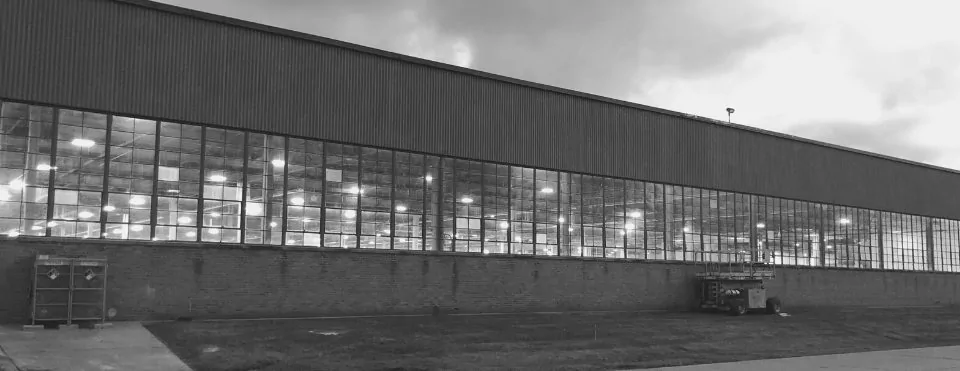What is Demand Control Ventilation?
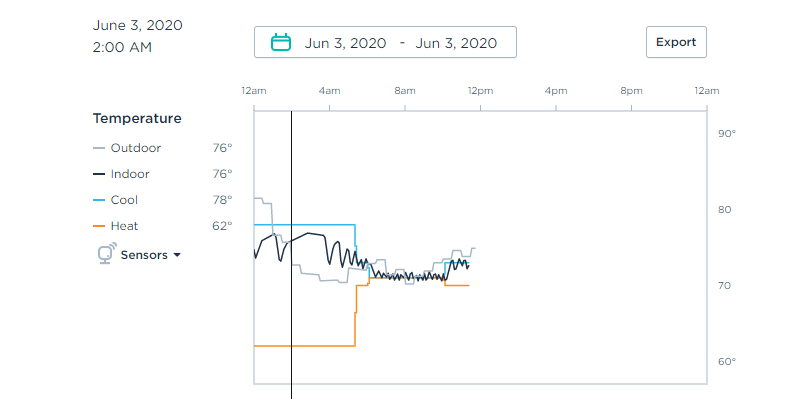
Feb 26 2024
Outside air for building, brought in via a rooftop unit, a Direct Outside Air System, or via an Energy Recovery Ventilator, are important for many reasons due to code. Fresh air is required in public spaces for a variety of reasons, but doing this means heating up outside air in the winter, and cooling hot air in the summer. There are different strategies for bringing in outside air, and often the most energy efficient way is with demand control ventilation.
Demand control ventilation (DCV) is a smart ventilation system that automatically adjusts the amount of fresh air brought into a building based on real-time conditions. It’s like a thermostat for fresh air, bringing in more when it’s needed and less when it’s not. These amounts needed are determined by local code, supported by ASHRAE standards.
How Does Demand Ventilation Work?
Typical ventilation strategies work around either a schedule, or a constant air volume. These work, but they are often providing more ventilation than needed.
Here’s how demand control ventilation works: Sensors, typically measuring CO2 levels or occupancy, detect changes in a space. As the number of people in a room increases, so does the CO2 level. The DCV system then responds by bringing in more outdoor air to maintain good air quality. Conversely, during off-peak hours or in unoccupied spaces, the system reduces airflow, saving energy.
This system brings in fresh air when it is needed or demanded, instead of all the time.
What are the Benefits to Demand Control Ventilation?
Demand control ventilation can save some serious energy. When you always bring in fresh air whether it is needed or not, you are wasting energy by having to heat or cool that incoming air. Limiting the amount of fresh air that comes in is smart because it saves energy.
Isn’t fresh air super important? Yes – but not on a day that a business is closed and it is very hot or cold. You are just wasting energy, as well as putting more hours on your HVAC equipment’s life. This leads to higher maintenance costs, and an earlier replacement.
Demand control ventilation also makes sure fresh air comes in when you do need it. A business may be open from 9-5pm most days, and then occasionally have an after work gathering with a lot of folks. If the ventilation is only brought in on a schedule, the space will not receive fresh air when there are a lot of people in it. But a Demand Control Ventilation system will respond to that large group of people and meet that need.
Additional benefits include:
- Improved Indoor Air Quality. By adjusting ventilation based on occupancy, DCV ensures there’s always enough fresh air to dilute pollutants and prevent stuffiness.
- Increased Occupant Comfort. A well-ventilated space with good air quality promotes better focus and overall well-being for building occupants.
- Lower Equipment Maintenance Costs. Limiting outside air to only when it is needed reduces the wear and tear on equipment that happens when it is scheduled or always on.
What is the Energy Efficiency of Demand Control Ventilation?
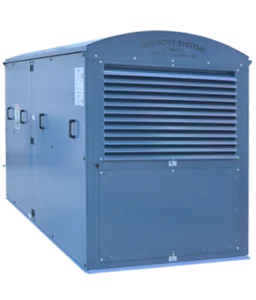
DCV can significantly reduce energy consumption by optimizing how much fresh air is brought in. This translates to lower utility bills. It does this by only bringing in outside air when a space is occupied.
DCV is becoming increasingly common in modern buildings, especially in spaces with fluctuating occupancy like offices, classrooms, and conference rooms. It’s a win-win for both the environment and building occupants.
Think of a hot day that is close to 100 degrees. You need fresh air for occupants, and without a CO2 sensor to drive that decision, you must always bring in fresh air and blend it with the existing air. That means that 100 degree air is getting mixed in with your cool 72 degree air all the time – making the air conditioner work harder by a lot. By limiting this to actual need, you will only need to cool exactly the amount of 100 degree air you need based on occupancy.
Can I use Demand Control Ventilation on a Packaged Rooftop Unit?
In many cases, yes, you can use DCV (demand control ventilation) with a high efficiency packaged rooftop unit (RTU). Modern RTUs, typically within the last 10 years of manufacture, often come pre-equipped with a DCV input on the economizer board. This makes adding DCV a relatively simple process. You simply need to add a $300 CO2 sensor into the ductwork return, and Walla – DCV complete.
Even for older RTUs, there are retrofit options available. These can involve adding an economizer retrofit kit that includes a DCV compatible board. We prefer the Pelican Pearly Economizer and thermostat system, which add the CO2 sensor into the space within the thermostat itself. This enables the most accurate demand control ventilation, and is fairly inexpensive to add to older equipment.
Can I Use Demand Control Ventilation in a Restaurant?
Yes, Demand Control Ventilation works well in almost every building type. However, advanced HVC systems for restaurants are unique for two reasons.
First, they have exhaust fans above the cooking equipment, which leads to a lot of air leaving the space. You often need a dedicate outdoor air unit to bring in this air leaving, which needs to be heated or cooled first. So this needs to be considered in addition to the outside air for the guests and staff.
Finally, gas cooking equipment releases a lot of CO2, so it may change the levels of CO2 and not indicate people. While still important to remove, it is more complicated than an office or warehouse.
Does Demand Control Ventilation Save Gas as Well as Electricity?
Demand Control Ventilation will save both gas and electricity, as long as gas is your source of heating for your building. It is a true energy saving strategy, benefiting both heating and cooling seasons.
Because this strategy staves both gas and electricity, there are often duel incentives available for businesses and government buildings from both the gas and electric energy efficiency programs. This can be critical to help offset the capital costs of this equipment, which is typically very low on new equipment and higher on older retrofits.
I tis important to get a good energy savings calculation to help determine the benefit of this, which can often be provided by the same company that helps facilitate the utility rebates.
Featured Posts
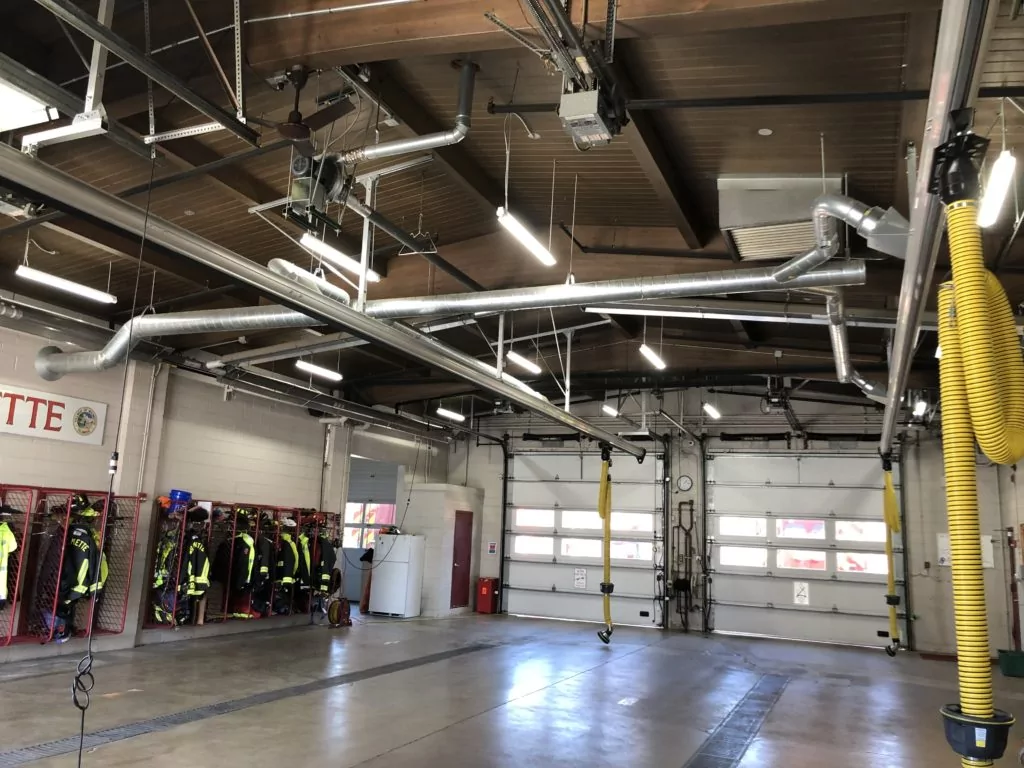
Mar 15 2021
Energy Savings Formula
In 2002, I became a firefighter in the north suburbs of Chicago. I was young and idealistic - loving almost every part of the job. However, I had another secret passion - sustainability. In addition…
Continue Reading >

May 02 2019
Verde Energy Efficiency Experts 10 Most Sustainable Companies in Chicago
In our energy efficiency consulting firm, we constantly look for inspiration from local companies that lead and innovate in clean energy and sustainability. Not all companies have billion dollar budgets, but that doesn’t mean that…
Continue Reading >
Related Articles
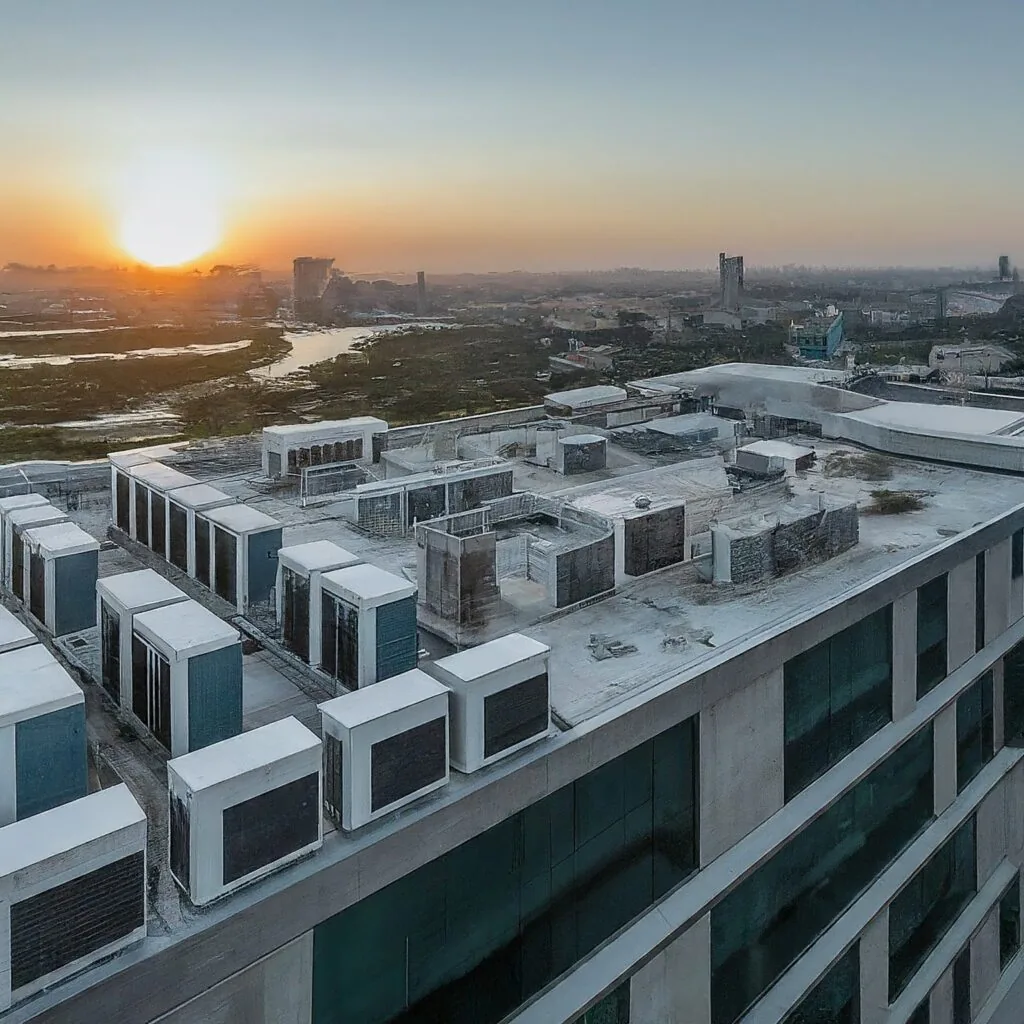
May 08 2024
Decarbonizing Hotels – Is it Possible?
Lower Energy Cost Hospitality with Decarbonization Hotels are huge energy users - with a lot of guests that come and go quickly, keeping them comfortable is no small task. As we look ahead at decarbonization…
Continue Reading >
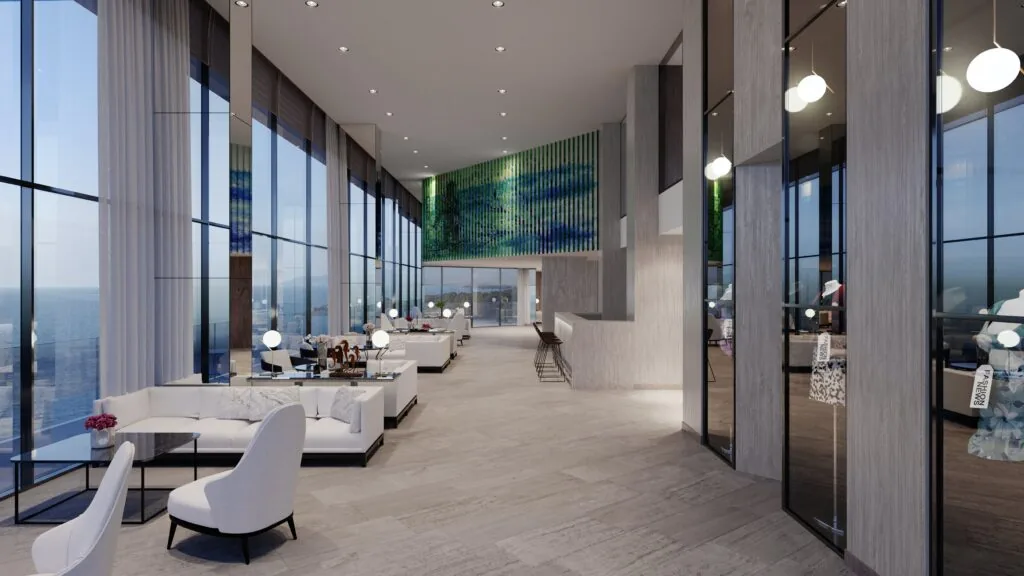
Feb 26 2024
What is the Best Way to Control an ERV?
An Energy Recovery Ventilator, or ERV, is a type of ventilation system that help to improve the air quality in your building. The ERV does this by bringing in fresh air from outside and exhausting…

